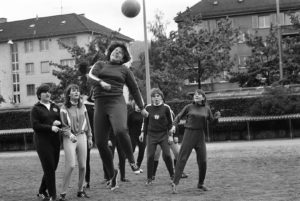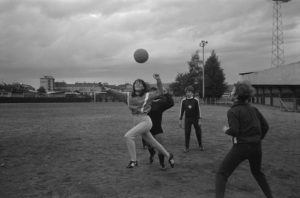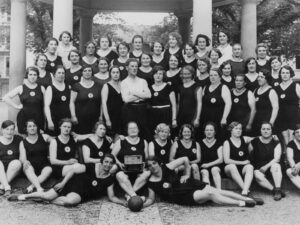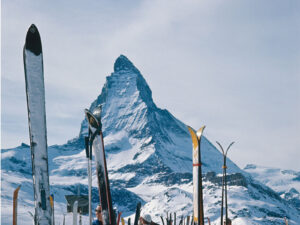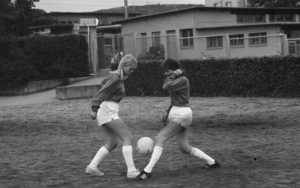
Football for all – but only for the last 50 years
1968 marked a turning point in the history of Swiss football. It was the year the sport finally became accessible to everyone: on 28 February, with the establishment of ‘Damen-Fussball-Club Zürich’ (DFCZ), Switzerland’s first women’s football club was founded.



